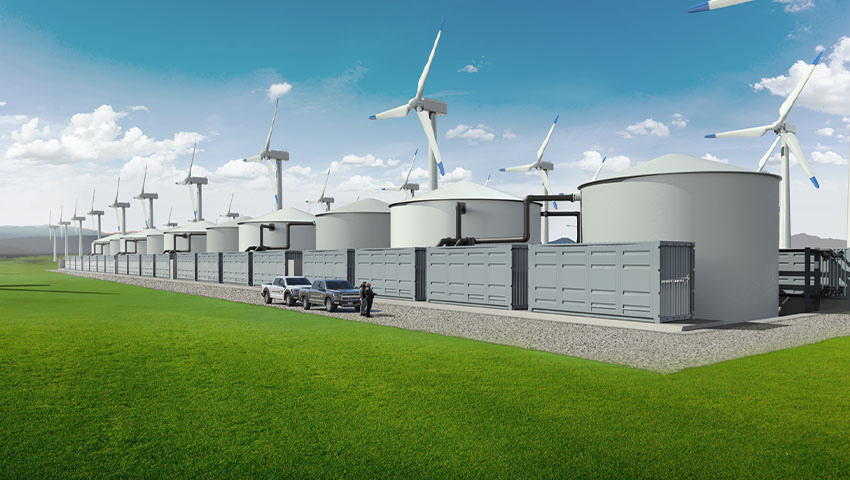What if energy could be cleaner, renewable, efficient, less expensive – and safe? Australia’s renewable sector is growing fast. What does this mean for energy resiliency, what part will storage play and what is the impact within the defence sector? At Lockheed Martin, we don’t just believe it can, we know it can. And we’re working to deliver that future, today.
2017 saw 17 per cent of Australia’s energy generated from renewable sources, and this figure is expected to significantly increase with record investment in new wind and large-scale solar installations during 2018, with South Australia now approaching to 50 per cent. The Australian National University recently stated that Australia could reach the equivalent of 100 percent renewables by 2032. That’s a pretty amazing claim, and whilst the timing of Australia becoming 100 per cent renewable is up for debate, it’s essential careful planning for this transformation occurs sooner rather than later.
So, with significant momentum behind renewable energy investment, what challenges lie ahead and what part can large scale storage play? The term ‘dispatchable’ renewables has been thrown around recently, and as Solar PV and Wind generation continues to increase, focus is required to ensure the energy is available, and affordable, when required.
Energy storage may prove to be the most vital of all technologies in the mix. Hospitals, data centers and even defense bases have long used energy storage, generally banks of batteries that can be relied on for a short period of time in the event of a power loss. These batteries then require expensive onsite backup generation, typically an expensive capital investment which is seldomly used. Likewise, the Australian electricity networks have seen multiple deployments of energy storage during 2018; however, in most cases this has been limited to short term storage of one hour or less.
For energy storage to take energy resiliency to the next level, new technology such as flow batteries open up new opportunities and allow long-duration storage. Flow batteries, coupled with technology such as microgrids for control, can provide from six to 24 hours of power. This is a critical feature that other battery technologies cannot provide economically. Plus, flow batteries can perform full charge-discharge cycles without degradation, offering reliability other batteries, such as lithium-ion, cannot provide. These features position large-scale flow batteries as an ideal technology for pairing with large-scale solar, to charge during the day and discharge at night, or even with large-scale wind farms.
Long-duration storage has interesting application for our military sites, as well. Imagine a military base that could remain completely operational for days – even weeks – in the event of a power outage or cyber attack that cut off access to the electric grid. Long-duration energy storage is the key to that future. Adding a flow battery as part of a military microgrid ensures that energy is captured and dispatchable at virtually any time, thus keeping critical operations running when they are needed most.
Currently, Lockheed Martin Energy is the only company with solutions for both short-duration and long-duration energy storage. This versatile approach to energy storage allows us to customize a unique solution to any customer requirement.
Our short-duration energy storage solution is GridStar Lithium. GridStar Lithium is a lithium-ion based energy storage solution, and it’s currently the most energy-dense storage system on the market today. GridStar Lithium can store and dispatch up to six hours of energy. The systems are flexible, scalable and modular, and easy to install with an industry-leading compact footprint.
To truly enable utilization of more renewable energy and provide substantial grid resiliency, long-duration energy storage is critical. Lockheed Martin Energy is developing the world’s most advanced flow battery to meet this need. GridStar Flow is a coordinated chemistry flow battery-based architecture that allows us to provide many hours of discharge for utility-scale operations more safely and at a lower total cost of ownership versus other technologies.
Lockheed Martin’s energy storage solutions are fully integrated systems that will optimize battery performance with greater durability, flexibility and value. And optimized battery performance means an optimized and resilient grid – and access to energy when it’s needed the most.
Lockheed Martin will be at the Avalon airshow, so drop by for a chat, or reach out via social media if you can’t make it to the show.
Kevin Nitschke is the business development manager for Lockheed Martin’s energy solutions, based in Melbourne.



